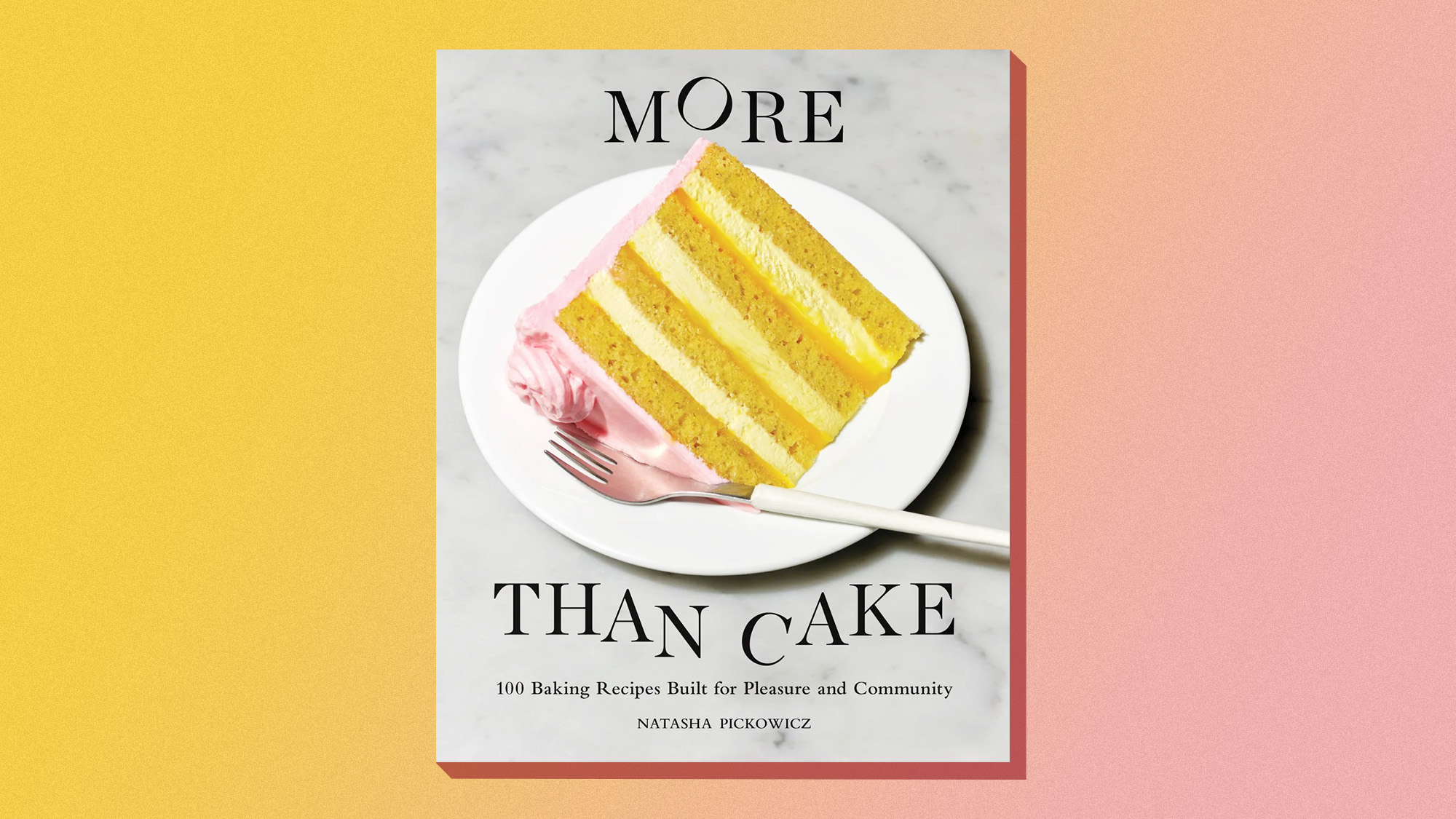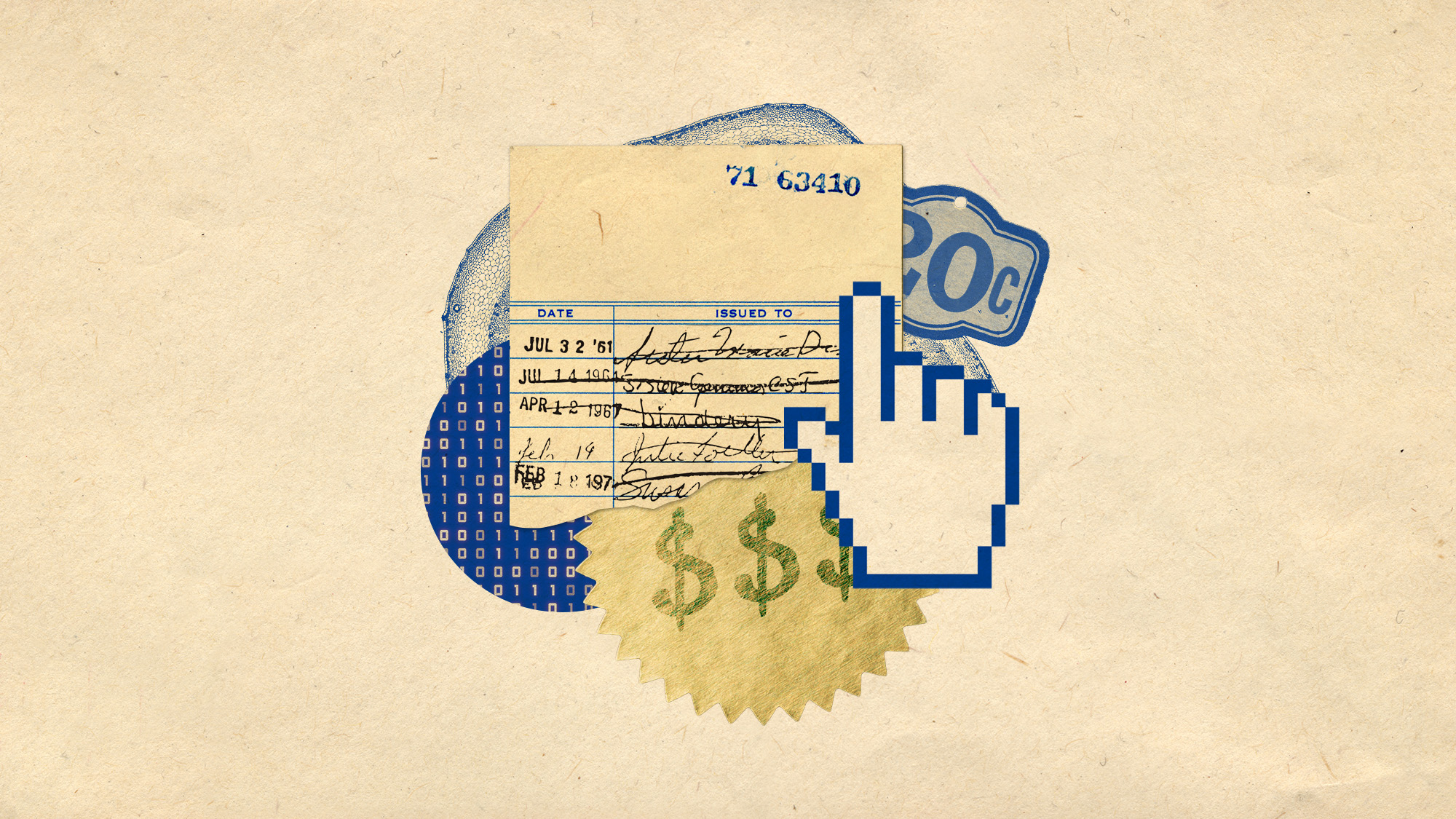The Devil Wears Prada lives on behind the scenes at New York's Fashion week
An excerpt from Jacey Duprie's 'Liking Myself Back: An Influencer's Journey from Self-Doubt to Self-Acceptance'


The Empire Hotel was located right across the street from Lincoln Center, where fashion week was held. I don't know what the hotel was like during a typical week, but during fashion week it was a scene. Every blogger and his or her entire team turned their hotel rooms into dressing rooms, hair and makeup suites, and even production centers. E! News taped their coverage of fashion week from the Empire's roof. It was the fashion week hub. And the crosswalk outside that led to Lincoln Center was the location of the "the walk" — how and when and with whom attendees arrived at shows during fashion week and later made their way back out onto the street.
No one really talks about it or admits it, but there was nothing accidental or spontaneous about the walk, and this was true long before bloggers even existed. For years, editors and other fashion industry titans planned out their outfits, the timing of their arrivals, and even who they walked into the show with weeks in advance, all so it could be caught on camera by the street style photographers waiting outside the shows.
Before blogging, these photos would show up in the Sunday Times, future issues of Vogue, Vanity Fair, and other fashion magazines, setting the trends for the coming season just as much as the items appearing on the runway themselves. By 2015, bloggers were a huge part of the equation. Fashion photographers capturing the show were shooting us as we arrived, too. Plus, we often hired our own photographers, and we posted these images on our social media and blogs, making an even greater and more immediate impact than much of the official fashion reporting in newspapers and magazines. Some bloggers even hired their photographers to act as street style photographers outside of shows, just to cause a stir. The flood of photographers would inevitably follow the lead of these hired guns, resulting in even more photos being snapped of the bloggers who hired them.
The Week
Escape your echo chamber. Get the facts behind the news, plus analysis from multiple perspectives.

Sign up for The Week's Free Newsletters
From our morning news briefing to a weekly Good News Newsletter, get the best of The Week delivered directly to your inbox.
From our morning news briefing to a weekly Good News Newsletter, get the best of The Week delivered directly to your inbox.
When it was up to fashion magazines alone to present these images, it was at the discretion of an editor. We've all seen The Devil Wears Prada, right? That person selected which photos of which outfits by which labels to present to the public. When readers purchased the items they saw in magazines, it led stores to buy more of these items and brands to create more of them. Often, more affordable brands followed, making similar but lower-cost versions of those items for the general populace. This caused a huge downstream effect on the entire industry and is how trends typically began. Those editors therefore had a disproportionate amount of power over the entire industry.
Blogging changed all that. No one told us what to post. There were no gatekeepers standing in between us and our readers. The images we chose to share went straight to our readers' eyeballs. Either consciously or subconsciously, they made purchasing decisions based on what we posted, meaning we had a direct influence over the industry in the same way that magazines once did.
Editors, of course, hated this. There were so many articles written at around this time slamming bloggers and saying that we didn't belong at fashion shows. I have to admit, there were times when I questioned our worthiness myself. But over time and through selling the crap out of the clothes that designers had us wearing to their shows, we finally proved ourselves. Editors still hated us, though.
Our influence compounded when bloggers decided to work together. Think about it. If one blogger shared an image of herself walking into a fashion week show wearing a particular outfit, only her followers would see it. But if two popular bloggers were photographed together in seemingly fortuitous but highly coordinated outfits and both of them shared those images, they were seen by twice as many eyeballs. Potentially twice as many people would choose what to buy and wear accordingly, but only if we were working with another blogger who had roughly the same number of followers as we did. So, it often seemed like who we were seen walking in and out of shows with was just as important as what we were wearing and what shows we were attending to begin with.
A free daily email with the biggest news stories of the day – and the best features from TheWeek.com
With all of us staying at the Empire, it was easy to text a friend and say, "I'm walking down in five; meet me in the lobby," or to pop into someone's room to see what they were wearing and throw on an item in the same color. That way, you became a whole trend walking into the show together.
One small example of this is a simple basketweave wooden tote bag from Cult Gaia. When the bag first hit the market, it didn't make much of an impact. But when several bloggers (including yours truly) discovered the bag and were photographed together carrying it, it became the "it" bag that girls everywhere suddenly wanted. The industry followed, and now there are similar wooden totes available at every price point, starting at $20.
I'm not trying to overinflate my importance or the importance of blogging in general. After all, we're just a bunch of girls bouncing around the world taking frivolous selfies. But fashion week has always been about forecasting and reporting on trends. What bloggers like me were doing at this time was throwing into question who exactly was setting those trends. Was it the fashion houses, the magazine editors, or the bloggers? If women were changing their shopping habits based on what they saw bloggers wearing into the shows just as much (or more) than what was actually presented on the runway, that meant we were real players in the industry with real power.
Even major fashion photographers were taking note and snapping pictures of fashion bloggers walking in and out of shows. I will never forget the day the infamous New York Times street style photographer, Bill Cunningham, first snapped an image of me. I called my husband Grant and said, "Guess who just took my photo?"
He immediately replied, "Bill." Even Grant knew Bill's name; that's how big of a deal he was.
Of course, this influence came with a dark side. When it seems like what you look like, what you're wearing, and who you're walking next to really matters, the situation is ripe for pettiness and competition to flourish. I found myself on the receiving end of this for years.
For a long time, I had fewer followers than other bloggers who were considered at my level. My readers were loyal and my conversion rate was high (meaning my followers frequently bought the items I posted about), but all anybody saw when they clicked on my Instagram was my number of followers. So it took a long time for me to find myself among the chosen few bloggers who planned to walk in and out of events together. Trivial as it seems, who you walked into a fashion show with really did impact the trajectory of your career.
When I was starting out, I told brands that I was happy to stand in the back, and I meant it. As my career progressed, I was terribly grateful to find myself working my way row by row up to the front at shows. I bit my tongue when a popular blogger walked in with her assistant, a publicist, and a whole team, stood with her back to me, and then asked me to scootch back to the second row so she could take my hard-earned spot when the show started. I bit it again when I was at the front of a long line for a tiny elevator after the show and that same blogger came up to me from the back of the line and acted like my best friend, chatting with me until the very moment the elevator doors opened and she and her entire team rushed in, leaving no room for me inside. I understood that this was part of the song and dance of the industry. If I wanted to be a part of it, I had to play along. But some of these slights hurt more than others.
This is an excerpt of Liking Myself Back: An Influencer's Journey from Self-Doubt to Self-Acceptance (Park Row, June 7, 2022), available for purchase here or wherever books are sold.
Jacey Duprie is a digital entrepreneur and the founder and CEO of the fashion and lifestyle brand Damsel in Dior. She has been featured in Architectural Digest, Vogue, Vanity Fair, Harper's Bazaar, Forbes, Huffington Post and E! News. She has partnerships with numerous brands including Amazon and Somersault. She lives in Los Angeles, California with her family.
-
 ‘Let 2026 be a year of reckoning’
‘Let 2026 be a year of reckoning’Instant Opinion Opinion, comment and editorials of the day
-
 Why is Iran facing its biggest protests in years?
Why is Iran facing its biggest protests in years?TODAY’S BIG QUESTION Iranians are taking to the streets as a growing movement of civic unrest threatens a fragile stability
-
 How prediction markets have spread to politics
How prediction markets have spread to politicsThe explainer Everything’s a gamble
-
 The best books of 2025
The best books of 2025The Week Recommends A deep dive into the site of a mass shooting, a new release from the author of ‘Atonement’ and more
-
 One great cookbook: Natasha Pickowicz’s ‘More Than Cake’
One great cookbook: Natasha Pickowicz’s ‘More Than Cake’the week recommends The power of pastry brought to inspired life
-
 December’s books feature otherworldly tales, a literary icon’s life story and an adult royal romp
December’s books feature otherworldly tales, a literary icon’s life story and an adult royal rompThe Week Recommends This month's new releases include ‘The Heir Apparent’ by Rebecca Armitage and ‘Tailored Realities’ by Brandon Sanderson
-
 Margaret Atwood’s memoir, intergenerational trauma and the fight to make spousal rape a crime: Welcome to November books
Margaret Atwood’s memoir, intergenerational trauma and the fight to make spousal rape a crime: Welcome to November booksThe Week Recommends This month's new releases include ‘Book of Lives: A Memoir of Sorts’ by Margaret Atwood, ‘Cursed Daughters’ by Oyinkan Braithwaite and 'Without Consent' by Sarah Weinman
-
 One great cookbook: Niloufer Ichaporia King’s ‘My Bombay Kitchen’
One great cookbook: Niloufer Ichaporia King’s ‘My Bombay Kitchen’The Week Recommends A personal, scholarly wander through a singular cuisine
-
 One great cookbook: Camilla Wynne's 'Jam Bake'
One great cookbook: Camilla Wynne's 'Jam Bake'The Week Recommends A guide to pristine jam-making, plus the baked goods that love them
-
 A descent into academic hell, a ferocious feminist fable and the adult debut of a beloved children's author
A descent into academic hell, a ferocious feminist fable and the adult debut of a beloved children's authorThe Week Recommends August books include R.F. Kuang's 'Katabasis,' Xenobe Purvis' 'The Hounding' and Louis Sachar's 'The Magician of Tiger Castle'
-
 Libraries are feeling the cost burden of e-book popularity
Libraries are feeling the cost burden of e-book popularityUnder the Radar Certain states are working to change laws around e-book purchasing for libraries
